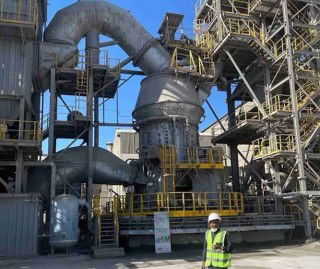The top six cement producers in Pakistan are likely to report a fall in profits and losses in 1QFY20 on the back of significantly build-up in cost pressures, weak domestic demand, infighting among northern-based producers, local taxation issue and axle load factors, says a report of a local research houses.
Analyst expects that the IMS Cement Universe (comprising Lucky Cement, Maple Cement, Kohat Cement, DG Khan Cement, Fauji Cement and Cherat Cement) to post combined net loss after tax of PKR778m in 1QFY20.
The sharp decline is expected on account of:
• significant build-up in cost pressures emanating from gas and power tariff hikes, and higher transportation cost (post implementation of axle load)
• higher taxes, ie increase in FED, up PKR25/bag (US$0.16/bag)
• failure to build pricing consensus in the north.
Moreover, the documentation drive initiated by the government also depressed frail demand.
Among them, expert expects Cherat Cement, Maple Leaf Cement and DG Khan Cement to post losses in 1QFY20 (consecutive losses for Cherat Cement and DG Khan Cement). Although volumes of these companies have shown strong double-digit growth YoY owing to increased market share post expansions; profitability is likely to deteriorate significantly mainly on account of higher finance cost (significant debt burden and increased working capital requirement), and increased fixed overheads.
As provisional data show, Maple Leaf Cement and Cherat Cement witnessed volumetric growth of 82 and 46 per cent YoY, respectively, while Lucky Cement's local dispatches declined by 19 per cent YoY.
1QFY20 sales
In 1QFY20 local cement sales remained flat at 9.1Mt. However, export sales increased by 12 per cent YoY to 2Mt. The strong growth in exports is mainly led by south producers taking advantage of proximity to port for sales in regional markets (mainly clinker). Overall industry utilisation stood at 75 per cent versus 80 per cent in the same period last year.
